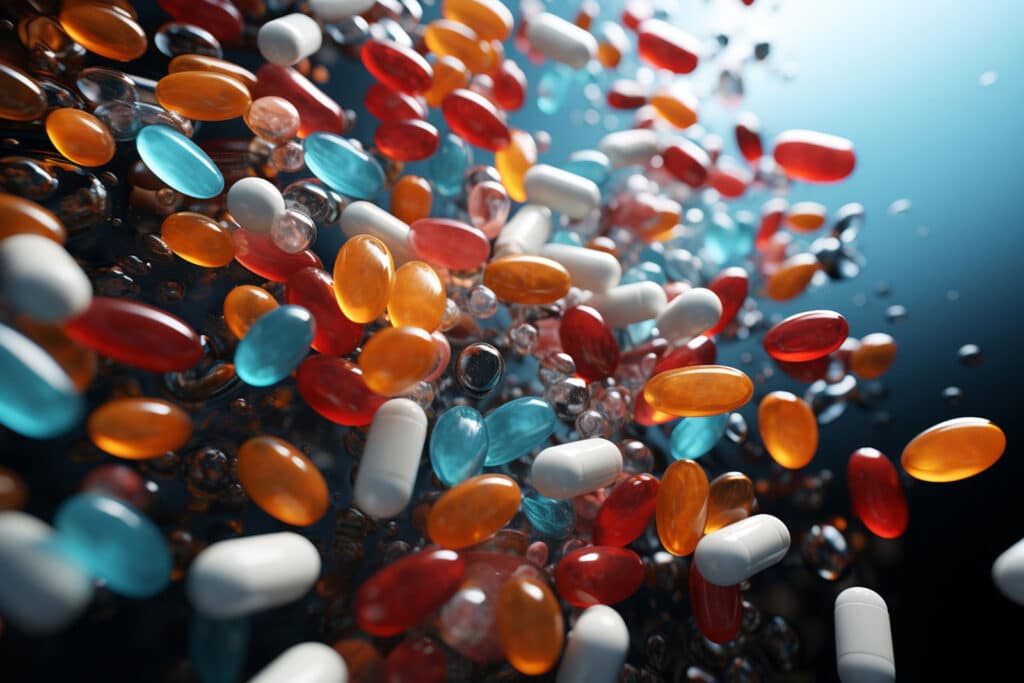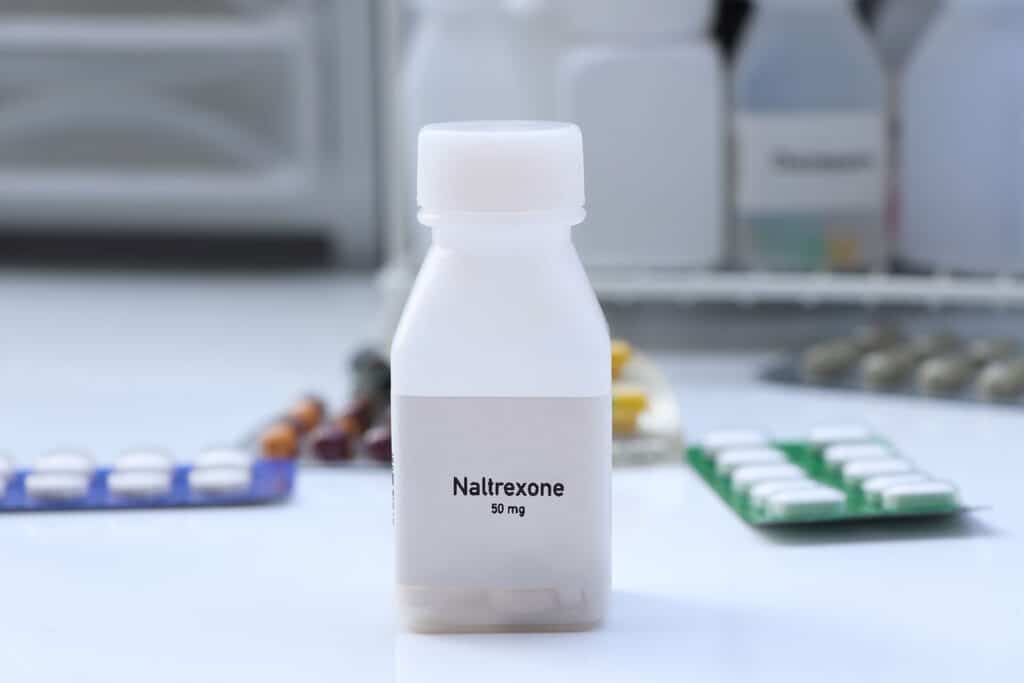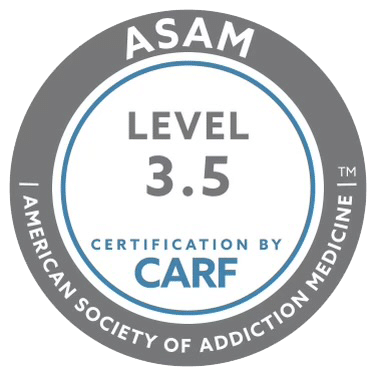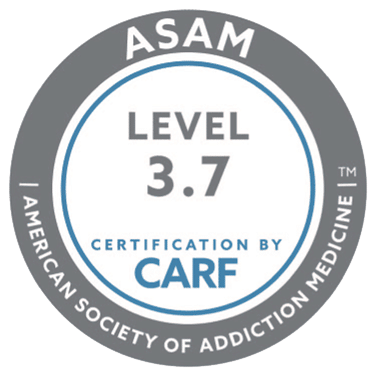One of the most insidious things about substance abuse is that it can be difficult to spot. Many people appear to go about their daily lives, hold down jobs, and have seemingly healthy relationships, all while being dependent on drugs or alcohol consumption. By the time anyone can tell that there is a problem, the dependency has often taken its toll. And yet, alcohol addiction does have physical symptoms or will show physical signs of alcoholism that can be spotted if you know where to look, many of which can be seen in a person’s face. These include mild swelling, dark circles under the eyes, or red cheeks. It’s important to remember that all of these things can be caused by things other than alcoholism, so you should never jump to conclusions if you think someone you know looks like an alcoholic. Still, knowing these signs can be useful if you suspect that a friend or family member has a drinking problem.
Understanding Alcoholism
Before we go any further, let’s talk about alcoholism and the side effects of alcohol on a person’s body. Alcoholism, or alcohol use disorder, is a pattern of drinking alcohol that involves problems controlling one’s drinking and being preoccupied with alcohol or excessive drinking or heavy drinking, not just once or twice but frequently (chronic alcohol abuse). People who struggle with excessive alcohol consumption continue to drink even when they know it causes problems, and many experience severe withdrawal symptoms when they go without alcohol for too long, which may affect not only their physical health but also their mental health.
Alcohol use disorder can be mild to severe, depending on how bad the symptoms are. It can also be influenced by several factors. Some people are genetically predisposed to alcoholism, while others turn to alcohol to cope with psychological issues or traumatic events. In any case, alcoholism can have serious effects on one’s physical health problems, especially in the long term. It can damage one’s pancreas and cause a condition called pancreatitis, cause cirrhosis of the liver, lower your immune system, and increase the risk of stroke or heart attack.
Characteristics of an Alcoholic Face
While it can be difficult to tell if someone is an alcoholic, long-term alcohol abuse can have some physical signs. Some signs of alcohol abuse, such as slurred speech or an unsteady gait while walking, can be obvious, but others might be harder to spot. However, many of the signs of long-term alcohol abuse can be seen in the face. Many of these symptoms are caused by things other than alcoholism, so it’s important not to jump to conclusions as soon as you see an “alcoholic face.” Still, knowing these signs might be helpful if you have other reasons to suspect that someone has a drinking problem.
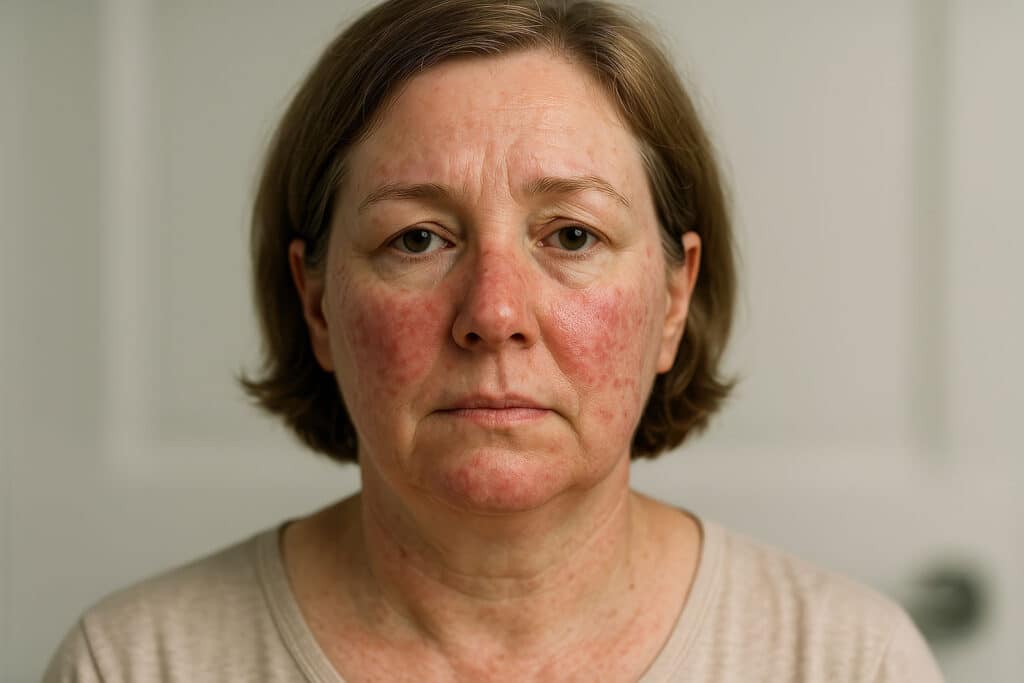
Flushing and Facial Redness
One of the most telltale signs of an alcoholic face is flushing and redness. Alcohol can cause the blood vessels near the surface of your skin to dilate, resulting in a red face. This is especially common in people of Asian descent. However, you can’t assume that everyone with a flushed and red face has alcoholism. A red face can also be from a sunburn, an allergic reaction, or a chronic health condition such as rosacea or psoriasis.
Swelling and Puffiness
Excessive alcohol use causes fluid retention, which is why you might feel bloated after a night of drinking. Facial signs that are apparent can also cause a person’s face to appear puffy and swollen, particularly around the eyes. This puffiness usually goes away in people who only drink occasionally, but a chronically puffy face or swollen facial appearance is a common sign of alcoholism.
Broken Capillaries
Excessive chronic alcohol use can create spider veins and broken capillaries in the face, especially around the nose and cheeks. This can appear as small red spots (contributing to a red face) or dark purple bruises on the skin.
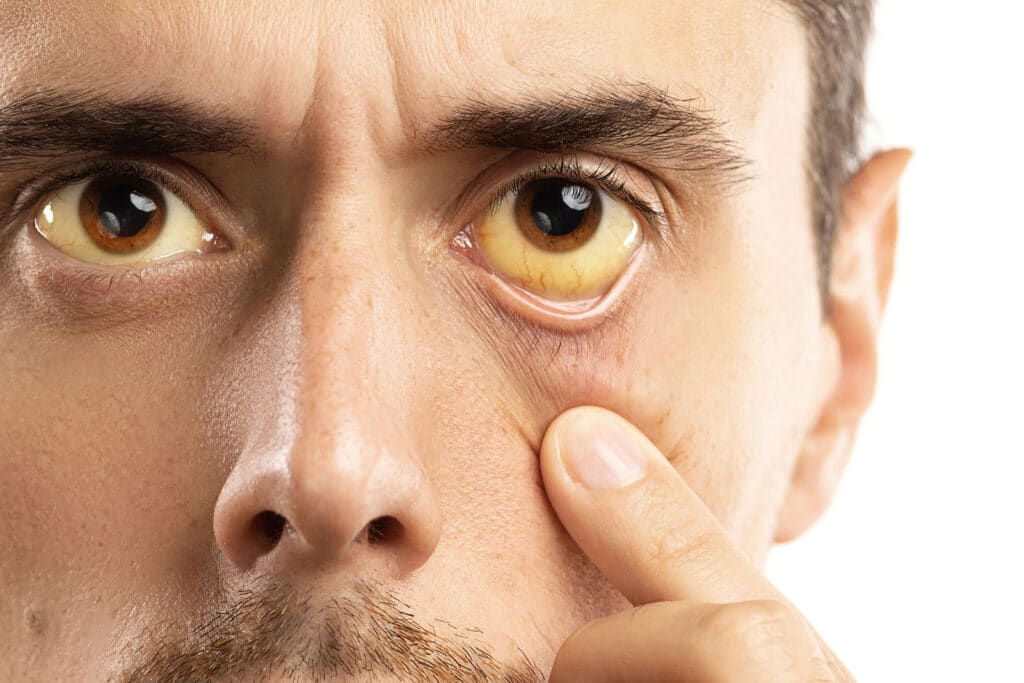
Jaundice
Jaundice, or yellowing of the skin and eyes, is common in people who have struggled with long-term alcohol use disorder. The yellowing is caused by liver damage, and patients might already have liver disease. This is what gives alcoholics their characteristic pale or sallow complexion.
Caution in Identification
It’s important to note that you should never judge someone solely by their appearance. While all of these physical symptoms can be caused by alcoholism, they can also be caused by any number of things. A red face might be from a bad sunburn or an underlying health issue, while puffiness around the eyes can be caused by dehydration or an allergic reaction. Even jaundice can be caused by various viruses, autoimmune disorders, reactions to certain medications, gallbladder cancer, or rare genetic metabolic defects.
In short, you can never tell from appearances whether someone truly has alcoholism, so you should never confront someone about a presumed drinking problem just because their face is flushed or they have a sallow appearance. Depending on who they are and what they believe about drinking, you could seriously offend them.
Approaching and Helping Someone with Alcoholism
On the other hand, it’s just as important to help a loved one who is struggling with alcoholism. Knowing the physical symptoms of alcoholism is helpful, but you should also be on the lookout for other signs. For example, you might notice that this person always seems to drink heavily at social events, that they have a high tolerance for alcohol, or that they get defensive when their drinking is brought up.

If you truly suspect that someone you know has alcoholism, try to bring up the problem when the person is sober and calm enough to listen to you. Avoid words such as alcoholic or anything that sounds too accusatory; you’re offering your help as someone who loves and cares about them. Point them towards resources that can help them find addiction treatment programs, and suggest activities that don’t involve alcohol whenever you spend time with them. Finally, be patient. Alcoholism is an insidious disease, one that can be difficult to overcome. There will likely be setbacks and relapses when someone is fighting a near-uncontrollable urge to drink. They may even lash out at you or others. Make sure that you’re safe, and look for support from friends or professional help and even support groups if you feel that you need it.
If you or someone you know is struggling with alcoholism, know that there is always help available. Contact us today to learn more about our alcohol rehab programs or treatment options and to find one that is best for your well-being.
Sources
- https://www.gratitudelodge.com/alcoholic-face/
- https://www.healthline.com/health/alcohol-bloating#-What-is-alcohol-bloating?
- https://www.mayoclinic.org/diseases-conditions/alcohol-use-disorder/symptoms-causes/syc-20369243
- https://www.healthline.com/health/alcohol/effects-on-body#short-term
- https://www.healthline.com/health/cirrhosis
- https://my.clevelandclinic.org/health/diseases/15367-adult-jaundice
- https://www.nia.nih.gov/health/alcohol-misuse-or-alcohol-use-disorder/how-help-someone-you-know-who-drinks-too-much



